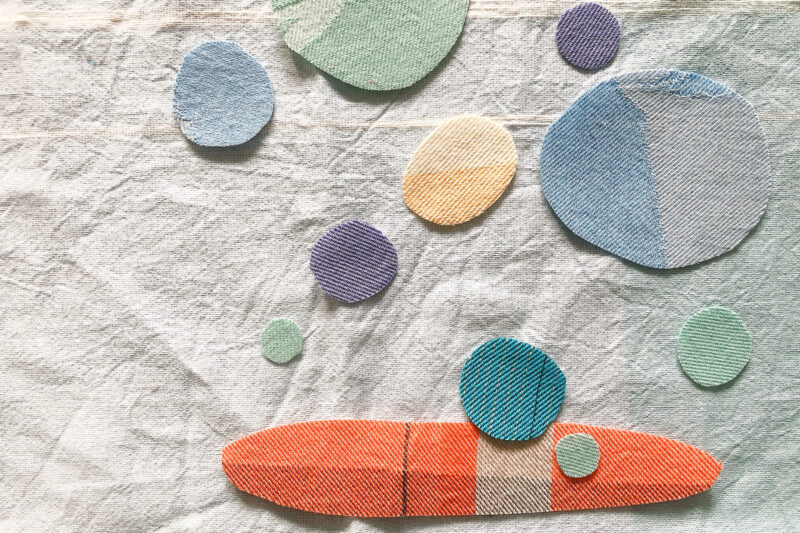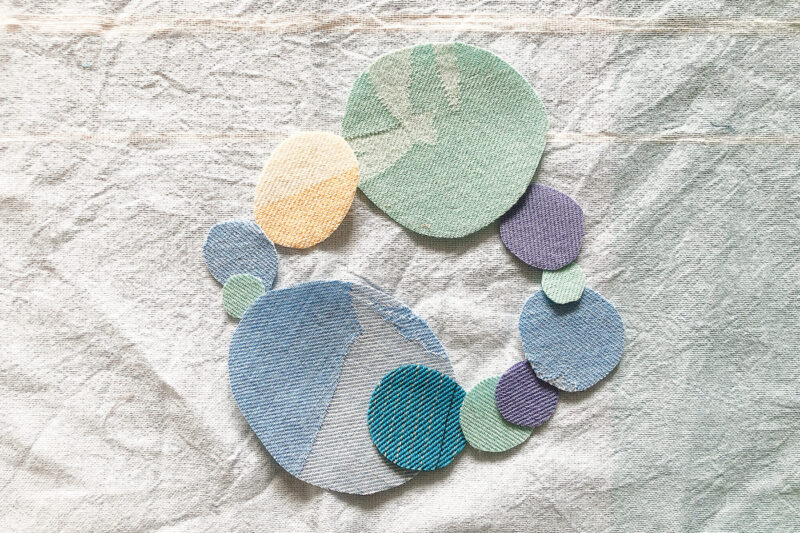#12 ウォシュレットの注意書
#12 Notes for bidet-toilet seat

2022 . 06 . 05
さて、ほとんどのご家庭の洋式便所に
設置されているウォシュレットについて
ちょっと一緒に考えてみましょう!
お尻の周り、そして女性では膣の入り口や内部には
様々に役目を担っている菌たちが住んでいます。
適材適所。
その仕組みはもう、完璧に近い奇跡。
多くの病原性微生物は酸性の環境で生きられないので
膣の中は乳酸菌たちによって酸性に保たれています。
ところがこの適材適所、配置の数、力が低下して
肛門周りの炎症や、膣炎や、尿道炎、膀胱炎などを
発症してしまうことがあります。
原因はいろいろありますが
その一つにウォシュレットの頻回な利用が
含まれるのではないかと私は思っています。
ウォシュレットから噴水される水は水道水。
日本の水道水には塩素が含まれていますが
結構高濃度です。
塩素は殺菌力が強くて発ガン性も
指摘されているのですが
飲み水の方は浄水器をつけるなどして
気をつけていても
経皮吸収される塩素のことには、
あまり意識しないでいますよね。
なんと、私たちが体内に取り入れている
塩素の99%は経皮吸収によると言われています。
口から入ったものは肝臓を通って
解毒のチャンスもありますが
経皮吸収で入ったものはすぐに血管に入るので
想像以上に影響力が大きいです。
そして、ウォシュレットやビデが
当たる場所(性器)は腕の内側を「1」とした場合、
42倍もの経皮吸収性が指摘されていますよね!
私たちの肛門や膣の粘膜は、大変な勢いで
塩素をはじめとした、水道水内の化学物質を
吸収してしまっている可能性があります。
さあ、どうしましょう!!
いくつかの工夫でリスクを減らしていくことが
できますよ。
ウォシュレットから出てくる水道水には
塩素が添加されていますが
水道管などの有機物と反応することで
トリハロメタンという発がん性物質を
発生させるのは有名な話です。
このトリハロメタンは、
温度が高いほど多く作られます。
そこで!!
ウォシュレットやビデを使うときはちょっとずらして
粘膜にダイレクトに当たらないようにする。
水圧を下げる。
水温を下げる、できれば、温水オフ!
トイレットペーパーで摩擦して粘膜に傷をつけない。
(化学物質がより吸収されやすくなってしまうので)
そして、水のタンクの中に、炭など、
塩素除去できるものを沈めて、塩素吸着を図ること。
さらに、ウォシュレットをあまり必要としない
キレの良い排泄ができるよう
体を整えていきましょう!笑
もし、他に良い方法をご存知でしたら
是非教えてくださいね!
病気発症の予防って、特別なことではなく
とても身近な暮らしの中にもあるんですよね。
ウォシュレットを快適に使えるように
楽しみながら工夫していてはいかがでしょうか。
書き人いのうえまゆみ
Now, let’s take a time to think together about the bidet-toilet seat that is installed in most our western-style toilets!
Around the buttocks and, in women, at the entrance and inside the vagina, live fungi that serve a variety of purposes.
The right thing in the right place.
The mechanism is a close to perfect miracle.
Since many pathogenic microorganisms cannot survive in an acidic environment, the vagina is kept acidic by lactic-acid bacilli.
However, the power of resistance, the right number and the right thing in the right place may decrease, and inflammation around the anus, vaginitis, urethritis or cystitis may develop.
There are many causes, but one of which I suspect includes frequent use of bidets.
The water comes from the bidet is tap water.
Japanese tap water contains chlorine, and it is quite highly concentrated.
Chlorine is a strong disinfectant and has been pointed out as a carcinogen, but even if you use a water filter for drinking water and take other precautions
You are not very aware of chlorine that is absorbed percutaneously.
It is said that 99% of the chlorine we take into our bodies comes from transdermal absorption.
Anything that enters through our mouth has a chance to detoxify through the liver, but anything that enters through transdermal absorption immediately enters the bloodstream and has a much greater impact than one might imagine.
And the place that the bidet hits (genital) is noted to be 42 times more transdermal than the inside of the arm if the inside of the arm is 1!
The mucous membranes of our anus and vagina may have absorbed chlorine and other chemicals in tap water at a very high rate.
Now what do we do!!
We can reduce our risk with a few ingenuity.
Chlorine is added to tap water that comes out of bidets, but it is well known that when it reacts with organic matter in water pipes, it produces a carcinogen called trihalomethane.
The higher the temperature, the more trihalomethanes are produced.
Therefore!!
When using a bidet, shift it slightly so that it does not hit the mucous membranes directly.
Make it in lower water pressure.
Make it in lower water temperature, preferably turn off warm water!
Do not scratch mucous membranes by rubbing with toilet paper.(The chemicals are more easily absorbed)
Then in the tank of water, submerge something that can remove chlorine, such as charcoal to adsorb chlorine.
In addition, let’s prepare your body for a good defecation that doesn’t require much of a bidet! lol
If you know any other good ways, please let me know!
Prevention of disease onset is not something special, but something that is very familiar in our daily lives.
Why not have fun and try to make the bidet comfortable to use.
Author ; Mayumi Inoue


